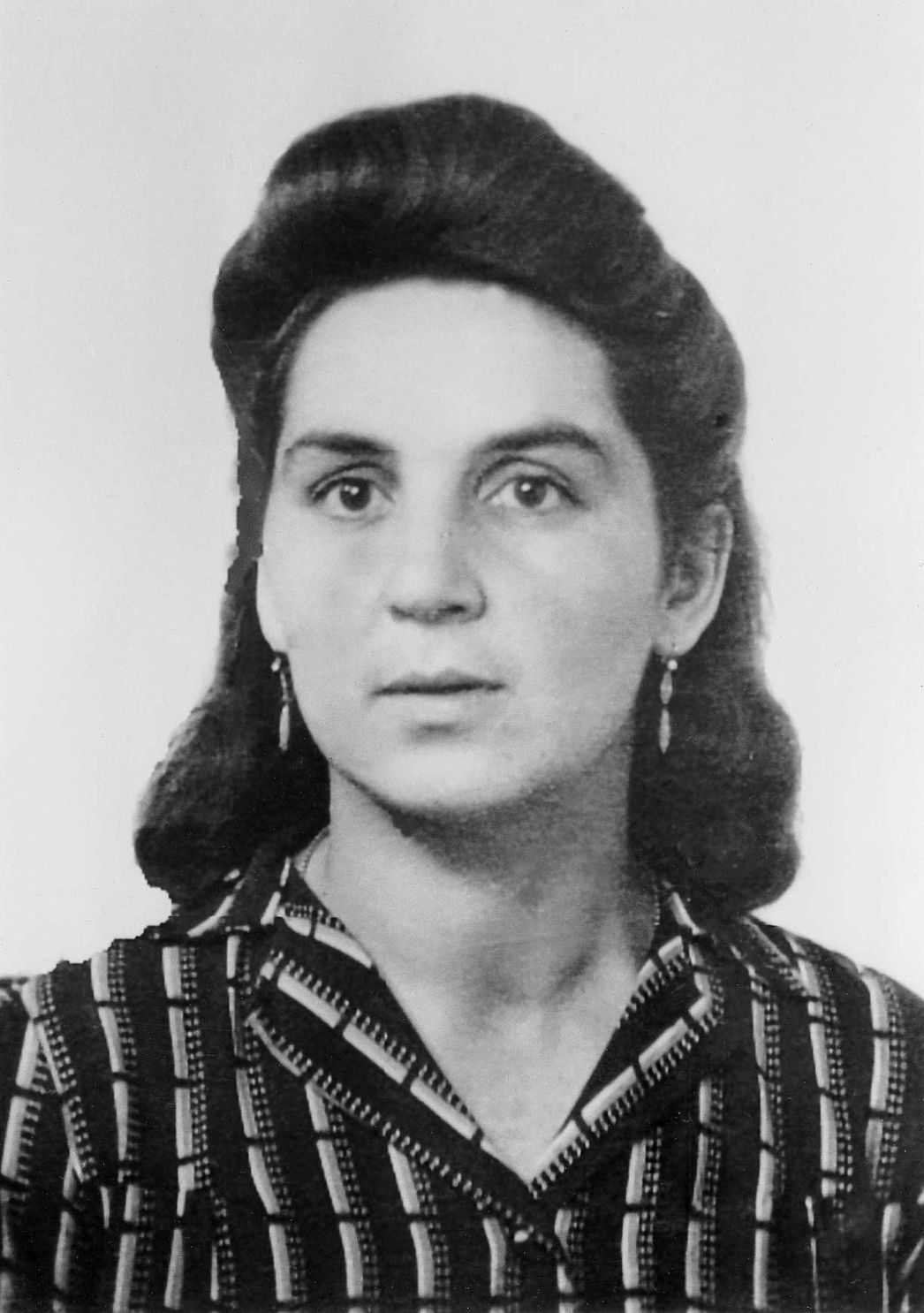Transcript
Narrator In March 1943, the twenty-two-year-old Hildegard Reinhardt and her family were deported from Ravensburg to the Auschwitz concentration camp. Along with her three daughters Natalie, Irmela and Anita, her pregnant sister and her nephew, she was put in the so-called “Gypsy Camp”. This section was part of the Auschwitz-Birkenau extermination camp. The supply situation was disastrous. Diseases spread quickly; hunger was omnipresent. Hildegard was compelled to watch as the members of her family rapidly fell victim to these conditions:
Hildegard Franz “[The children] didn’t get anything to eat… There were three of them, [one] over three years of age, one two [years old], [the] other over a month…. The little one, I was still breastfeeding her…. But when you don’t get anything [to eat] yourself, then there’s [no] more [milk]. My three children died within ten days.”
Narrator Her husband was forced to perform forced labour in the camp. Her nephew survived for only a few days. Her sister Emilie gave birth to a little girl before dying in the camp infirmary. Hildegard tried to provide for her new-born niece as best she could. The girl died at the age of ten days.
As a consequence of the fatal hygienic conditions, Hildegard Reinhardt contracted epidemic typhus and was put in the infirmary for four weeks. Then she was classified as “fit for work” and had to perform labour in the camp.
After one year in the Auschwitz concentration camp, she was transferred to the Ravensbrück concentration camp for forced labour. By the summer of 1944, some 3,000 Sinti and Romanies from the “Gypsy Camp” shared this fate. Another 3,000 old people, women and children remained behind. They were all murdered in the gas chambers in early August.
In the autumn, Hildegard was transferred from Ravensbrück to Schlieben, a Buchenwald subcamp. She reported on her work in the armament industry there:
Hildegard Franz “We manufactured the Panzerfaust there and then we had to load the finished Panzerfäuste onto railway wagons. About 350 to 360 crates fit onto one wagon. That was all extremely hard work we had to do. During the day there was nothing for us to eat; we only got something to eat and drink in the evening.”
Narrator She had to perform this work for about one month. Then the SS transferred her to a different Buchenwald subcamp, now at an ammunition factory in Altenburg. When the Allied troops drew near, the SS cleared the camp and forced the women to set out on foot towards Bohemia and Moravia. Hildegard Reinhardt was liberated by American soldiers a few days later and returned to Ravensburg. There she was reunited with her parents:
Hildegard Franz “My mother cried so hard. [Only] two [of her three] daughters came [home]. I came alone, without child[ren] and without anything…. That was really very painful for her.”
Narrator It was not until after her liberation that she learned of her husband’s death. Hildegard Franz submitted several applications for restitution. For twenty-five months in custody she received a single payment of 3,750 Deutschmarks, for each of her children who had died in Auschwitz a mere 150 Deutschmarks.


